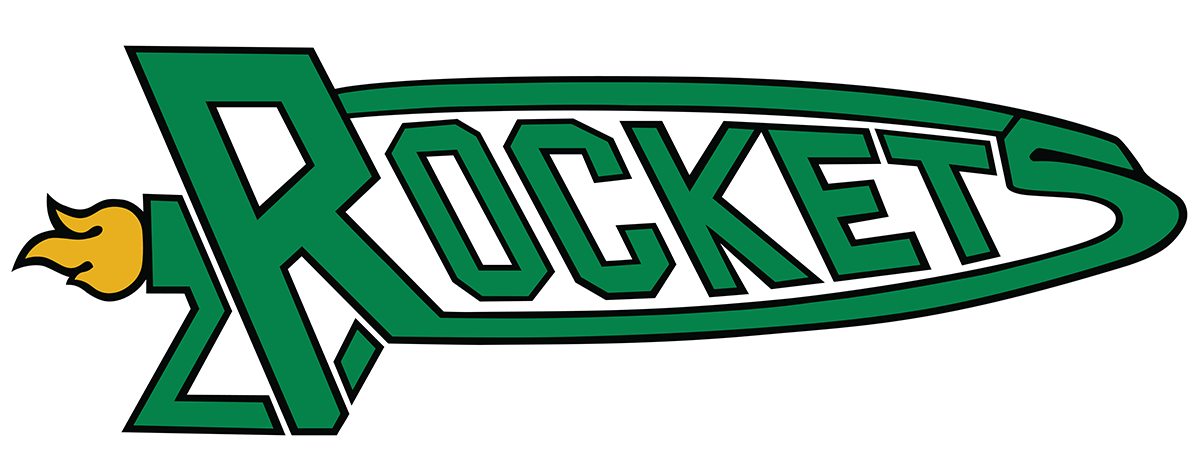Last week, Reynolds Middle students hoped to save their “egg-stronauts” from a fiery fate with heat shields that mimicked NASA designs.
As part of a teaching unit about thermodynamics, sixth graders teamed up in their science classes to design and test ablative heat shields. Like those used in the Mercury, Gemini, and Apollo missions for re-entering the Earth’s atmosphere, these shields burn up and carry off heat with them, providing protection to astronauts, or in this case, eggs. BCS K-12 Science Specialist Kate Whittier took the students outside and subjected each egg to a blow-torch test, placing the heat shield between the egg and the heat source. The experiment was a friendly competition to see which group could keep the egg safe for three minutes while using the least amount of material in the heat shield design.
“I was surprised, because we used mostly aluminum foil, that it didn’t burn the egg,” said sixth grader Kynz’Lee.
“I thought it was fun to learn how to build heat shields,” added Quinn, another sixth grader.
The project demonstrates the value of hands-on learning, said sixth-grade science teacher Jennifer Williams.
“Students researched the heat resistance of the different materials so they could understand what to put where,” she said. “This experiment challenges them to think through the design and materials, and they have to collaborate with each other and listen to each other’s ideas.”

